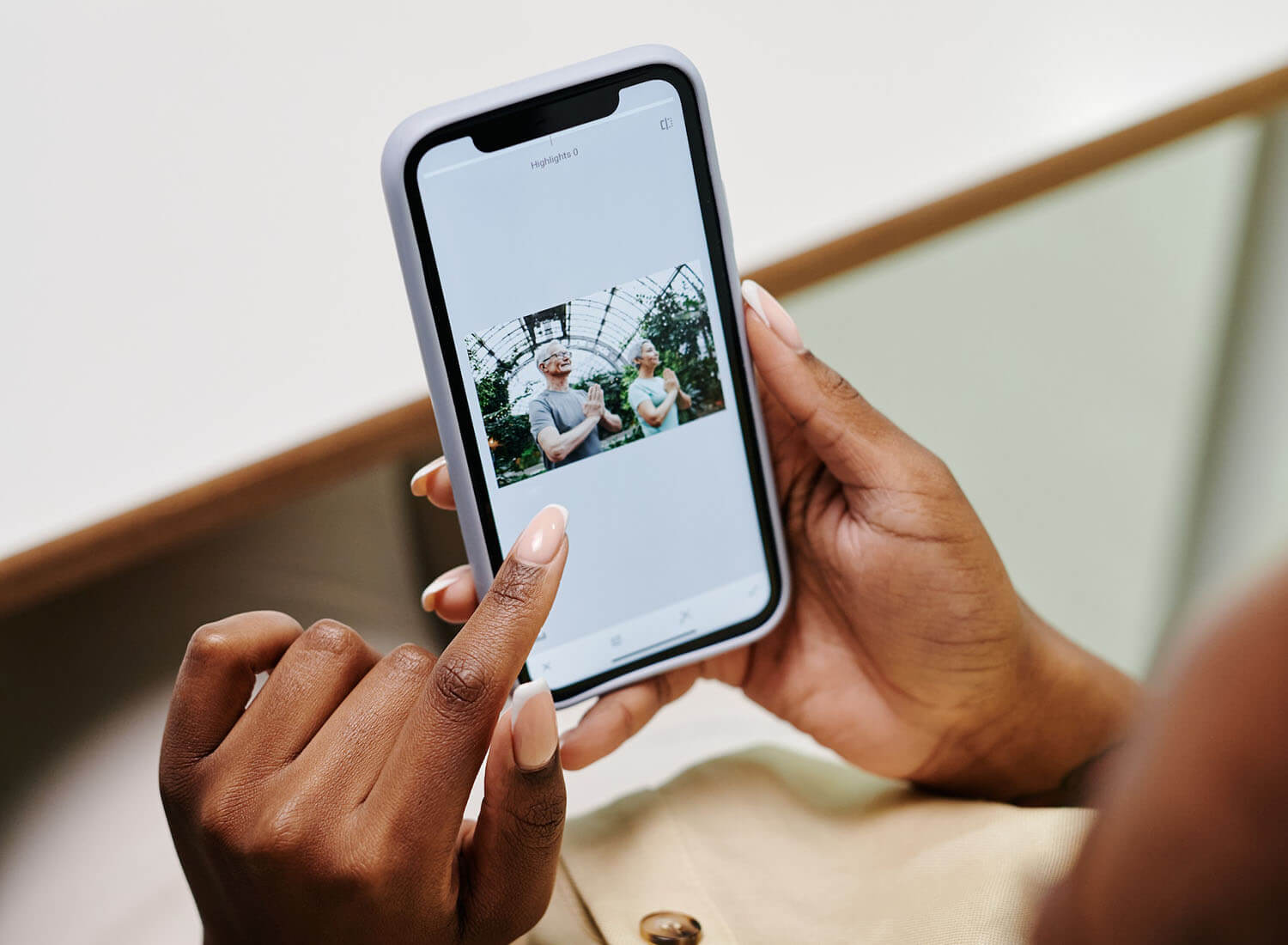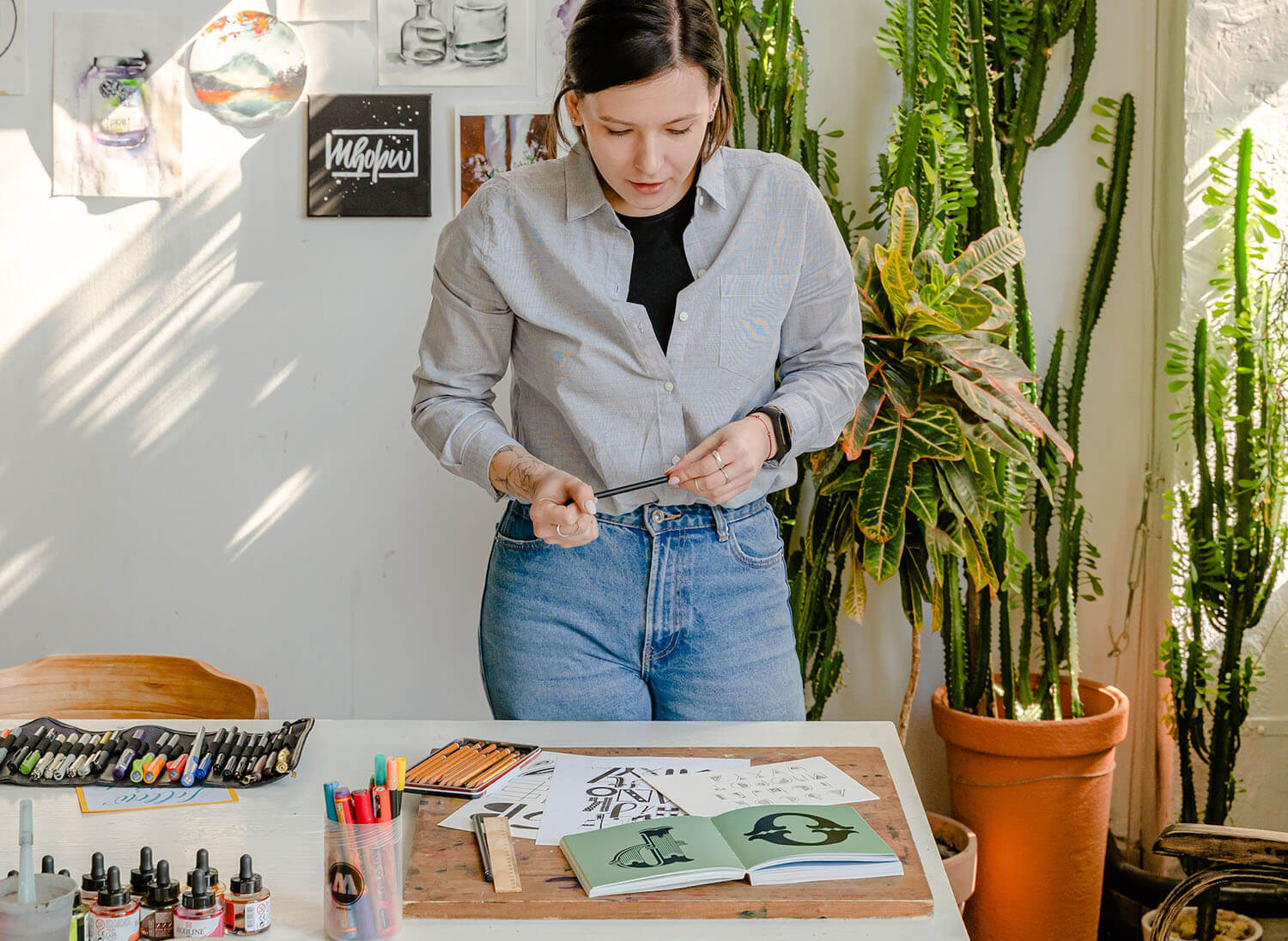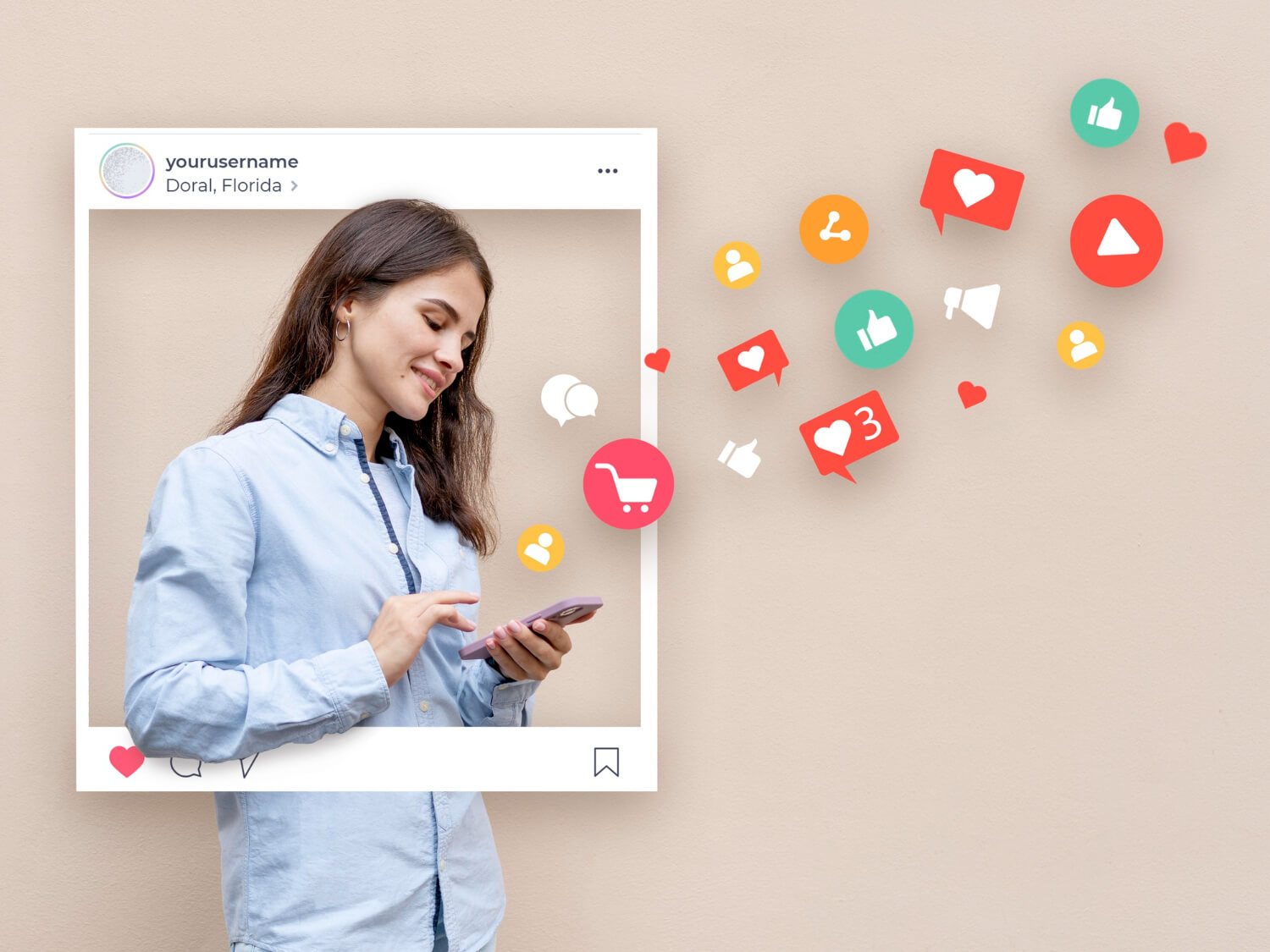Influencer Marketing: Here’s how to do it right and get results
When Italian fashion influencer Chiara Ferragni got married in 2018 it made more waves than Meghan Markle’s royal wedding. And the news and pictures of her wedding dress garnered Dior, the maker, media impressions worth $5.2 million. Dior’s website crashed for a few hours because of the influx of web traffic when the announcement was made.
Ferragni’s story is just one example of the impact influencer marketing can have on a brand’s growth. It was an industry worth $14 billion in 2021 (according to a Statista report) and it has only grown since then.
However, despite the obvious impact of influencer marketing on a brand’s presence, it is still considered a controversial topic. Startups and small businesses specifically are more averse to investing in this type of marketing, often feeling that more conventional ways of marketing have a better ROI. In addition to this, there is the question of influencers’ credibility and the fact that as an industry, marketing departments still don’t know what results to expect when it comes to influencer marketing. The biggest reason, however, is the brands’ inability to leverage the power of influencers correctly.
When done right, influencer marketing can help a brand grow its impact, build a robust presence in the minds of the audience, and even boost direct sales. But how can a brand ensure that they are getting it right? That’s exactly what we have outlined in this guide to help you get the most out of your influencer marketing campaign
Get clear on your goal
Do you want to announce your brand to the world, or do you want to draw attention towards a new product? Do you want to increase the impact on revenue/sales or are you just looking to increase brand awareness?
 Most brands dive headfirst into influencer marketing without realizing what kind of influencer or campaign they should pick. That can only be determined once you have clarity on your goal. Just like any other marketing effort, you need to first start by determining what results you are after, and only then can you figure out the best way forward concerning influencer marketing.
Most brands dive headfirst into influencer marketing without realizing what kind of influencer or campaign they should pick. That can only be determined once you have clarity on your goal. Just like any other marketing effort, you need to first start by determining what results you are after, and only then can you figure out the best way forward concerning influencer marketing.
For instance, if you’re a fintech startup that has just launched in the market, your goal will be to spread the word about your brand and get people to know about it as much as possible. This is why you will want to target a large pool of influencers in the finance space so that you can target a higher combined audience size.
On the other hand, if you’re a high-end brand like a luxury car, you will probably want to work with a smaller number of influencers who have a highly targeted audience interested in luxury products so that you can have a more targeted impact.
Understand your brand’s audience
Who are you selling to? It is crucial to have a thorough understanding of your audience. This is a prerequisite for any kind of marketing but even more so with influencer marketing because that works by accessing the influencer’s audience and trying to impact them.
 If you don’t understand who you are targeting with your product, you will end up choosing an influencer whose audience doesn’t align with or relate to your product or service. For instance, if you sell anti-aging products, you will need to thoroughly understand the demographic you sell to. Some anti-aging products are targeted at younger audiences for their preventative qualities while others are targeted at mature audiences to reduce the appearance of signs of aging.
If you don’t understand who you are targeting with your product, you will end up choosing an influencer whose audience doesn’t align with or relate to your product or service. For instance, if you sell anti-aging products, you will need to thoroughly understand the demographic you sell to. Some anti-aging products are targeted at younger audiences for their preventative qualities while others are targeted at mature audiences to reduce the appearance of signs of aging.
If you market the product meant for mature audiences through an influencer whose primary demographic is 18-24-year-old women, your efforts will be wasted.
Thus, a great way to understand your audience is to create buyer personas and map their purchase journeys. On top of this do a deep dive through user interviews to understand their interests, concerns, and other details from daily life so that you can craft your marketing campaign to be most effective. By understanding your audience’s interests and pain points you’re in a better position to pick influencers who’re a better fit for your product or service.
Pick an influencer relevant to your industry
It can be tempting to work with influencers who are all the rage currently or who are trending, but because of their massy reach, they often will not get you the results you want. Instead, you want to focus on influencers who create content in the industry your brand is in. This will ensure that their audience is already primed to hear about your brand as well.
 For instance, if you get a popular fashion influencer to promote a financial instrument such as a stock investing app, their audience will not engage with it and will not make an effort to learn more about your product. On the other hand, if you work with an influencer who educates people on personal finance, your product has a much better chance of getting noticed.
For instance, if you get a popular fashion influencer to promote a financial instrument such as a stock investing app, their audience will not engage with it and will not make an effort to learn more about your product. On the other hand, if you work with an influencer who educates people on personal finance, your product has a much better chance of getting noticed.
A great example of this is massy influencers like the Kardashians promoting health products or supplements. This spells doom not only for the influencers but also raises serious questions about the credibility and trustworthiness of the brand. This is why it is extremely important to do your due diligence to pick influencers that are highly relevant to your niche and industry.
Focus on not just the following but also the engagement
While an influencer’s following gives you a sense of how wide their impact is, their engagement rates help you assess the kind of impact your advertising will make on their audience. Engagement refers to how actively someone’s audience responds and reacts to their content and these metrics give a more accurate picture of an influencer’s impact than just their following.
 Before you begin working with an influencer study how many views, likes, comments, and shares their posts get to get a sense of how a sponsored or branded post will be received. In addition to this, you might also want to check their presence in the press outside of social media. Doing the work on your part puts you in a better position to achieve your marketing goals and prevent an opportunity from getting wasted.
Before you begin working with an influencer study how many views, likes, comments, and shares their posts get to get a sense of how a sponsored or branded post will be received. In addition to this, you might also want to check their presence in the press outside of social media. Doing the work on your part puts you in a better position to achieve your marketing goals and prevent an opportunity from getting wasted.
Do a background check
While the internet is a fickle space and controversies are forgotten as quickly as they are formed, it is always a good idea to do a background check on the influencers you plan on working with. This is to rule out any negative press or controversies they might be involved in that might negatively affect your brand.
 For example, following the public divorce proceedings of Johnny Depp and Amber Heard, several brands that were earlier working with Heard pulled their deals because they did not want to get negative publicity from being associated with someone on trial.
For example, following the public divorce proceedings of Johnny Depp and Amber Heard, several brands that were earlier working with Heard pulled their deals because they did not want to get negative publicity from being associated with someone on trial.
This was a high-profile case and therefore the stakes involved were quite high as well. However, even with smaller controversies, people are very quick to pick sides online and you don’t want to be caught in the crossfire.
Be rigid with the idea but flexible with the execution
Once you have finalized an influencer or a group of influencers to work with, you need to have a solid idea for your influencer marketing campaign to work. But that’s where your work should end. Influencers are practically brands themselves with distinctive content, personality, and tone of voice. And the content they put out needs to be in sync with their identities to make the maximum impact.
 So, while you need to come up with an idea based on your goals, make sure you give the influencers enough creative freedom to create content that works for them and thus works for you. Several brands tend to get rigid at this point, often forcing influencers to follow scripts and end-to-end executions that lead to an overall loss of engagement and reach for both parties involved. Brands that offer more creative freedom to the influencer often see much better results in the long term.
So, while you need to come up with an idea based on your goals, make sure you give the influencers enough creative freedom to create content that works for them and thus works for you. Several brands tend to get rigid at this point, often forcing influencers to follow scripts and end-to-end executions that lead to an overall loss of engagement and reach for both parties involved. Brands that offer more creative freedom to the influencer often see much better results in the long term.
Be upfront about your campaign budget
Influencer marketing can become a costly affair if you’re not working on a budget. That is why the first step after determining your goal should be ascertaining how much money you want to set aside for the activity. This will heavily determine the kind of influencers you work with as well.
![]() The bigger influencers especially can be extremely pricey and so if you’re on a tight budget, it will make more sense to work with smaller influencers with better engagement so that you can get more bang for your buck and improve your impact.
The bigger influencers especially can be extremely pricey and so if you’re on a tight budget, it will make more sense to work with smaller influencers with better engagement so that you can get more bang for your buck and improve your impact.
But what if you don’t have any influencer marketing budget at all or what if you’re a small business that doesn’t have the funds at present? In that case, you can start with barter collaborations and work your way up to paid collaborations.
Like influencer marketing, barter collaborations also often get a bad name. Often influencers have been under fire for posting random content just to get free stuff. On the other side, brands have increasingly come under the scanner for not giving influencers their due and only trying to get barter collaborations from them.
However, barter collaborations can serve as mutually beneficial relationships between smaller influencers and cash-strapped startups. And that is why in this next section we talk about a few ways to boost your brand through barter collaborations:
Establish mutually beneficial relationships
Where a lot of barter collaborations fail is when either the brand or the influencer gets greedy and tries to get more than they can give.
 As a brand, you need to focus on a fair exchange. Often it is normal to get attached to the product or service we are selling but we need to look at it objectively. This will allow you to approach the situation empathetically and ask for promotions that are suited to the scale of the collaboration.
As a brand, you need to focus on a fair exchange. Often it is normal to get attached to the product or service we are selling but we need to look at it objectively. This will allow you to approach the situation empathetically and ask for promotions that are suited to the scale of the collaboration.
For example, asking an influencer to post a reel, a static post and a story in exchange for a pair of earrings can cause a lot of friction and bad blood. A great way to approach this situation would be to reach out to the influencer and request to send them a product from your arsenal and then politely ask them to promote it on their social media platforms in case they find it useful.
Focus on building long-lasting relationships
Chances are that if you worked with an influencer and got good results your brand will benefit by working with them again. But this cannot happen if your relationship is built on shaky ground. That is why it is very important to establish a working relationship and then stay in touch with the influencer over the long term so that you can easily work with them again.
 Follow the same principles as above
Follow the same principles as above
All the principles of influencer marketing we discussed in the first section of this blog apply to barter collaborations as well. It is very important to do your due diligence, understand your goals and audience, and have an influencer-product fit before you decide to work with someone.
Influencer marketing is a constantly evolving space. As the content industry grows so does the scope of influencer marketing in branding and building a brand identity. And whether you’ve just started your brand or you’re an established player, there is a benefit in utilizing the power of influencer marketing for your business. It is important to understand that despite taking all the measures we’ve outlined above, there is still a degree of trial and error involved in adding this to your marketing efforts. So do the due diligence, put in the work, and get started with influencer marketing now so that you don’t lose out on the early-mover advantage.


